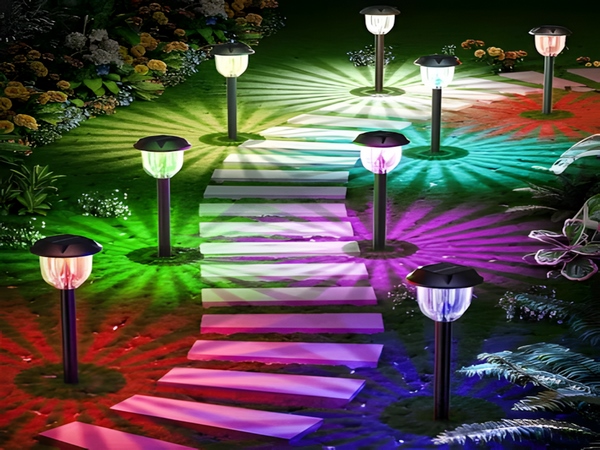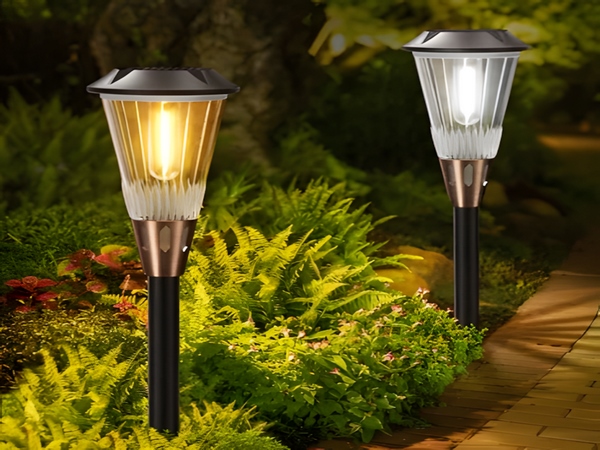
One, Process Differences:
Cold galvanizing, also known as galvanization, refers to the process of using electrolysis equipment to remove oil and etch with acid before immersing in a zinc salt solution. The negative electrode of the electrolysis device is connected to one side of the workpiece, while a zinc plate is connected to the positive electrode. By turning on the power, a layer of zinc is deposited on the workpiece as a result of the current moving from the positive to the negative side.
Hot galvanizing, on the other hand, involves removing oil, acid cleaning, immersing, drying, and soaking for a period in a dissolved zinc solution.
Two, Appearance Differences:

The appearance of galvanized metal is relatively smooth and bright. The electroplated layer using colored passivation technology primarily displays shades of yellow-green, showcasing various vivid colors. The electroplated layer with white passivation appears in blue, white, or a bright white, exhibiting certain hues when viewed at specific angles in sunlight. Complex components may experience ‘electrical burns’ and ‘grayness’ at the corners, resulting in a thicker zinc layer. At negative angles, dead spots in the current may form, producing darker areas with thinner zinc layers. No zinc lumps or agglomerations appear on the entire workpiece.
The appearance of hot-dip galvanizing is slightly rougher than that of electro-galvanizing, with a silvery-white color and a tendency to develop water droplets and micro-lumps, especially at one end of the workpiece.

However, the rough hot-dip zinc layer of integrated solar street lights is several dozen times thicker than galvanizing, with corrosion resistance also being dozens of times greater. Naturally, the cost is much higher than that of cold galvanizing, but in the long run, hot-dip galvanizing, with a rust prevention period of over ten years, is more popular compared to cold galvanizing, which only offers a rust prevention effect for 1-2 years.



